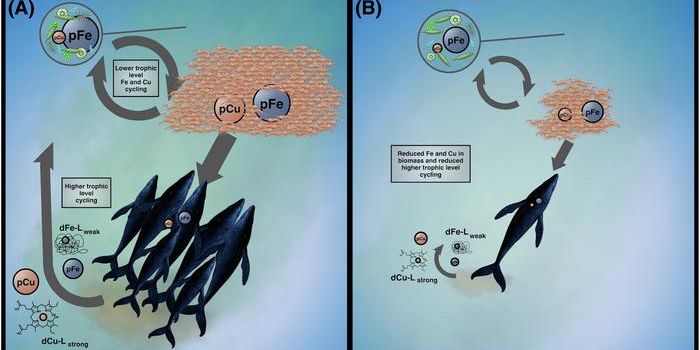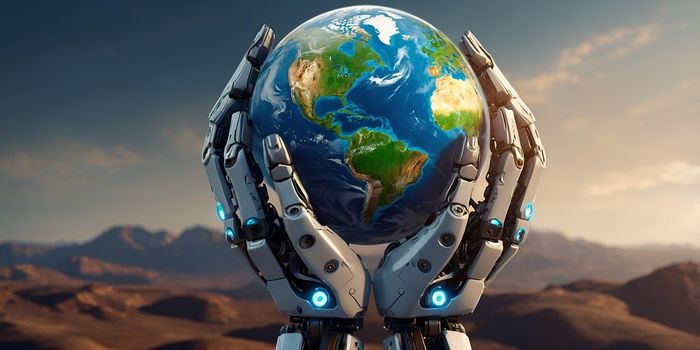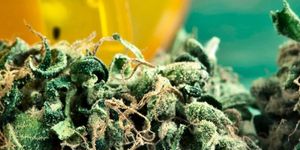What climate change means for your morning coffee
Are you one of the millions of people who enjoy one, two, or maybe even three cups of joe during your day? (Trivia question: why is it called a cup of joe? Find the answer at the bottom of the article.) Whether you’re a latte-lover or a mocha-maniac or like it just black, no sugar, please, this article pertains to you. And if you’re not awake, take another sip, because it’s about to get real.
The coffee industry is under serious threat from climate change. Scientists predict that by the end of the century, over half of the land where coffee is cultivated will no longer be arable. And considering that coffee is grown in more than 60 countries and 25 million families depend on its cultivation for their livelihood, more than just your morning caffeine dose is at risk.
The National Academy of Science estimates that in Latin America over 90% of the land used for coffee production will be unusable; meanwhile, in Ethiopia, the sixth largest producer in the world, over 60% of its production could be down the drain by as soon as 2050.
Why? Because of drought and disease and higher temperatures that will kill pollinators and affect the quality of the beans themselves. Take Arabica coffee beans, for example, which make up 75% of world coffee production and is likely the coffee you drink everyday. A few degrees hotter and your Arabica brew suddenly becomes unpalatable. That is, of course, if it even makes it to you.
Drought and diseases, like la roya, or stem rust, are even more of a threat to coffee beans that the farmers that sow them. While some companies like Starbucks are investing millions in research on coffee varieties that are more resilient to climatic changes, la roya is a threat that is still un-tackled. Time Magazine reports that the disease reduced coffee production in Central America by about 15% in the 2012–13 growing year. Largely because of this, the price of a pound of coffee for consumers in the U.S. jumped roughly 33% between those years.
So, what else is being done? Some retailers are investing in fighting the impacts of climate change for the sake of coffee production. Keurig, for example, has implemented a program in El Salvador, Honduras and Nicaragua, to teach farmers how to utilize new agricultural techniques during water-scarce times. Colleen Popkin, senior sustainability manager at Keurig, explains the reasoning behind the program. “When there are climate challenges in particular locations, we have the ability to source from other places. Farmers don’t have that flexibility … and those farmers are part of our long-term growth trajectory.” On the local level, if you care about the coffee you drink and where it comes from, look into donating to organizations that support farmers and make sure that the coffee you buy is fair-trade.
Trivia answer: There are several theories behind where the term “a cup of joe” came from. One says that it was named after the Secretary of the US Navy, Admiral Josephus “Joe” Daniels who, in 1914, abolished wine on Navy ships. Coffee became the next sought-after drink and received Josephus’s namesake. Another theory says that coffee came to be known as joe because joe itself is a slang term for a common fellow. So, in essence, we call it a cup of joe because it was considered the common man's drink.
Sources: Time Magazine, The Conversation, Union of Concerned Scientists









